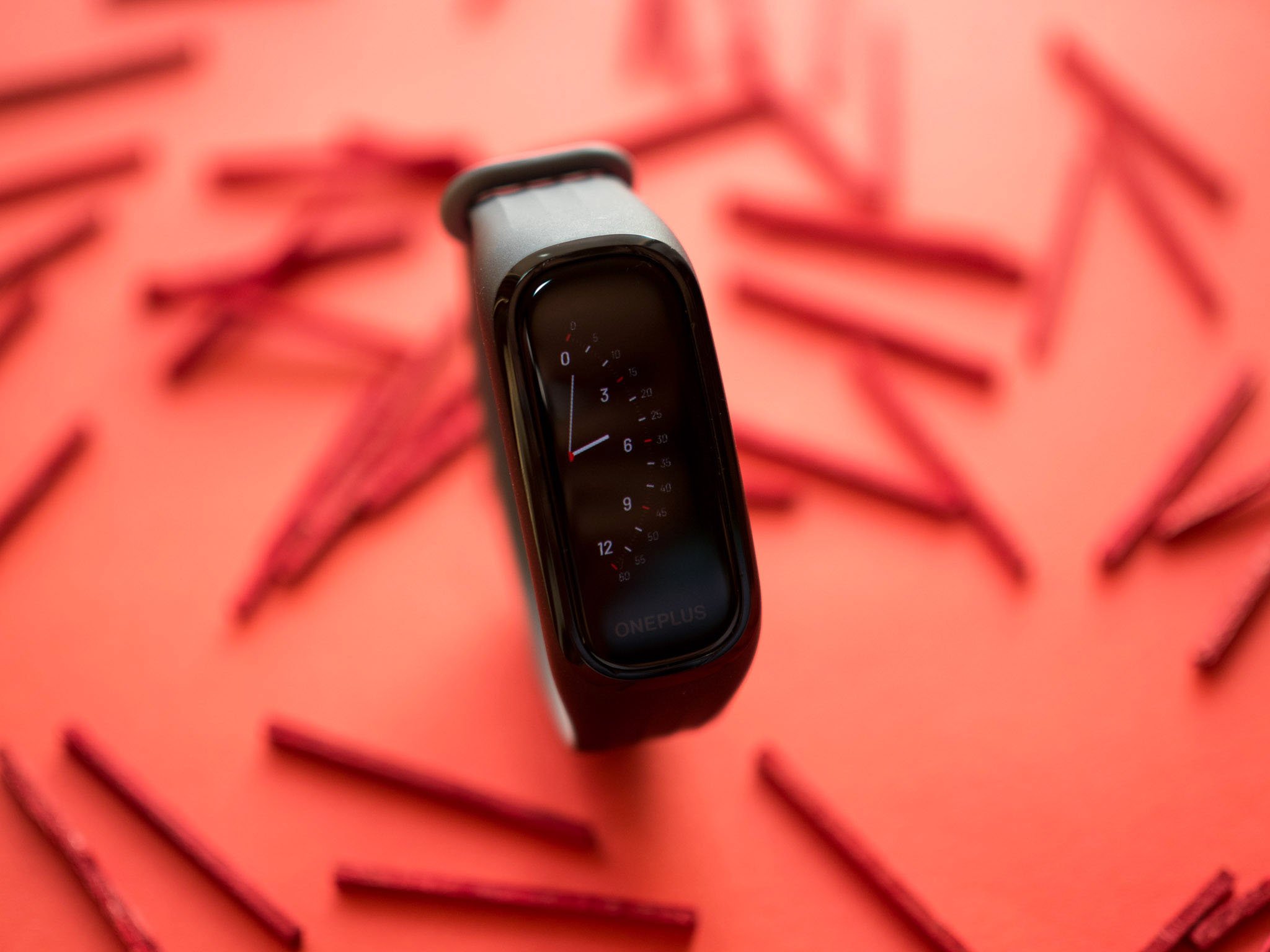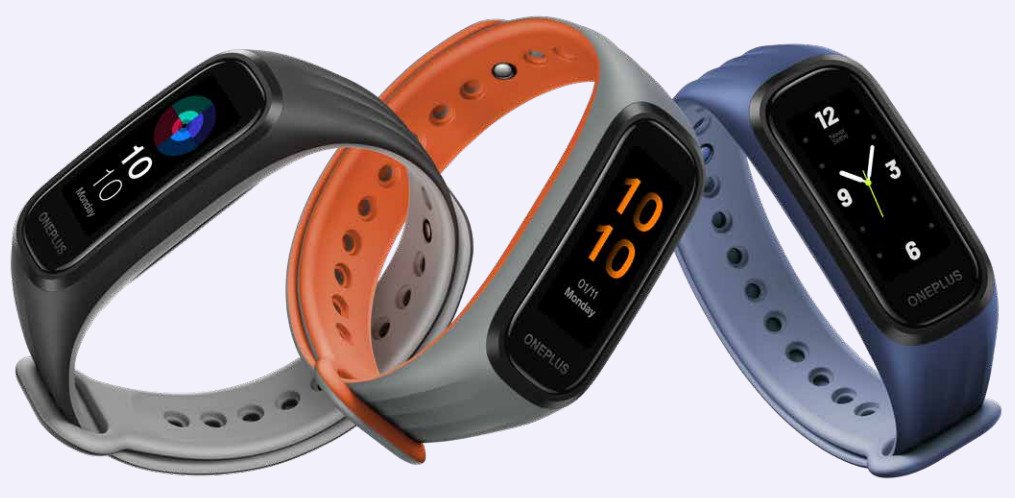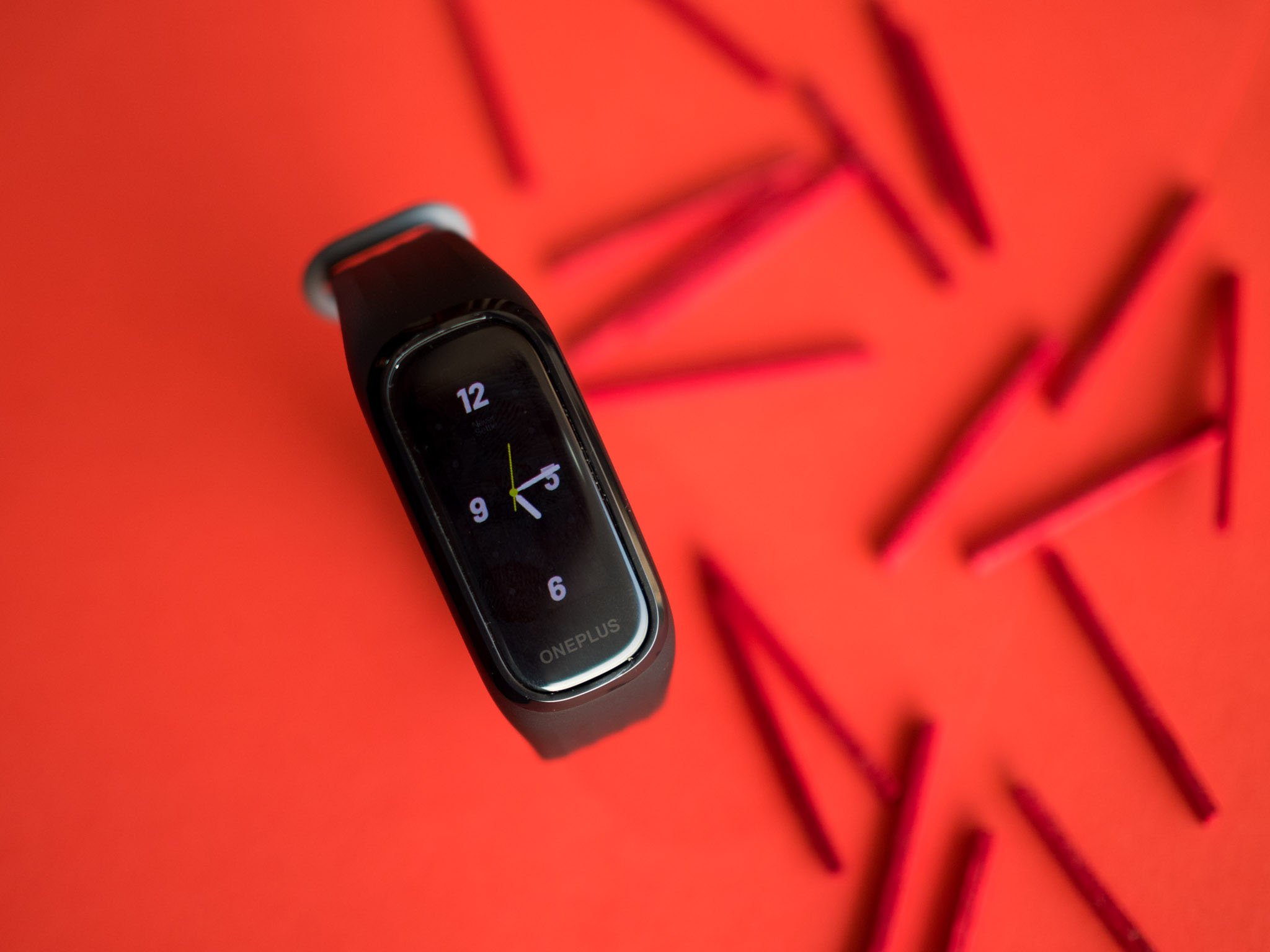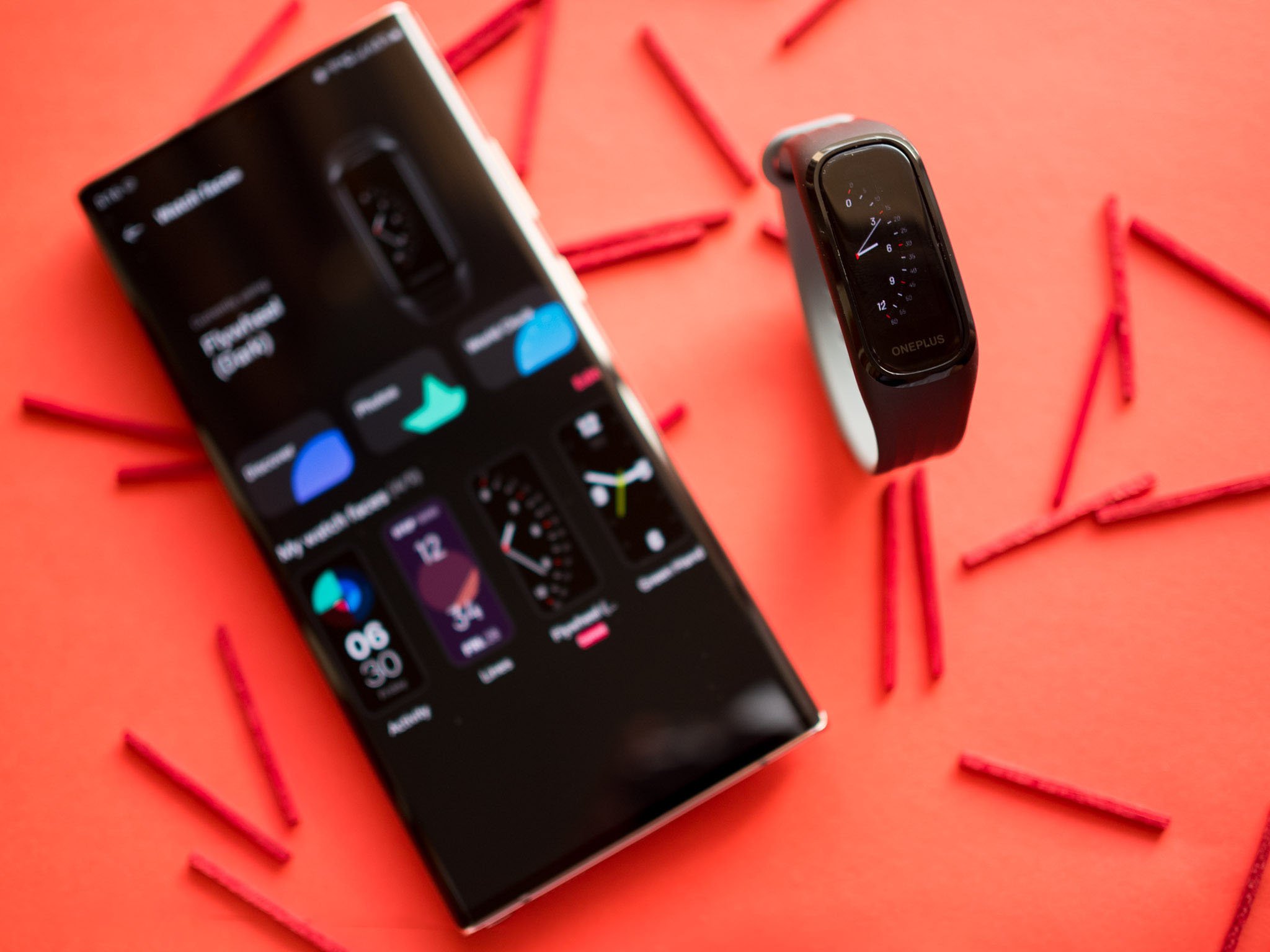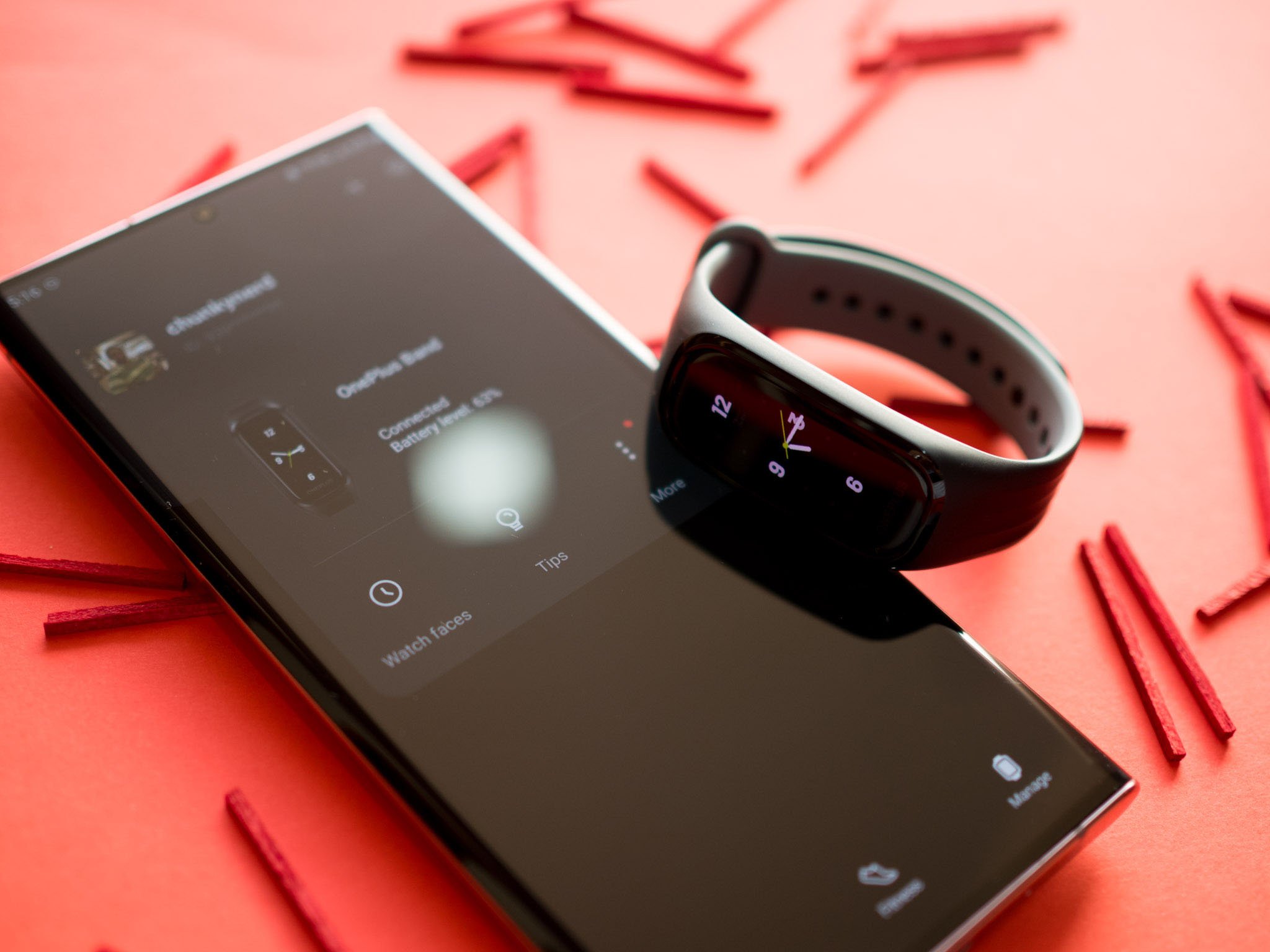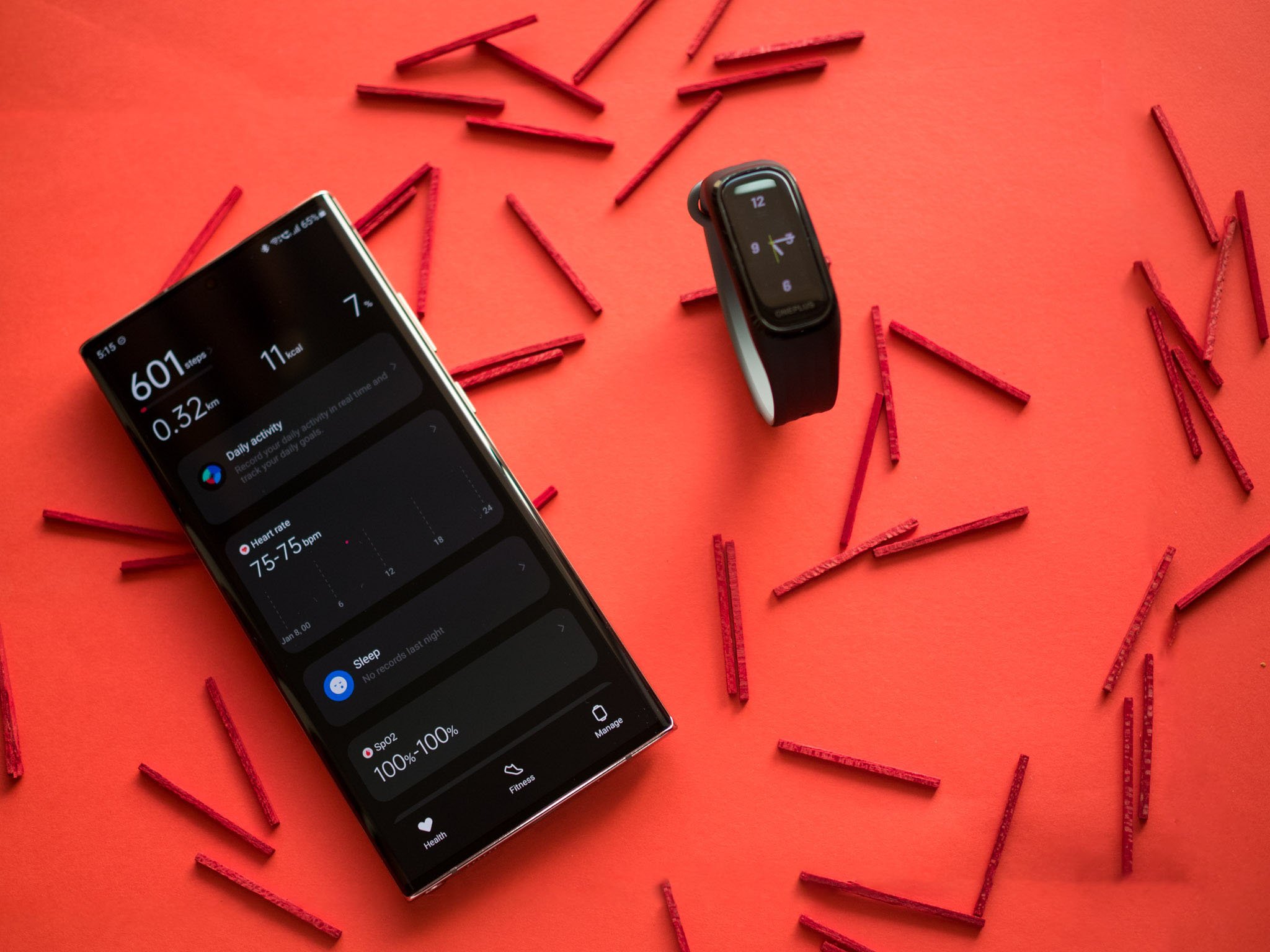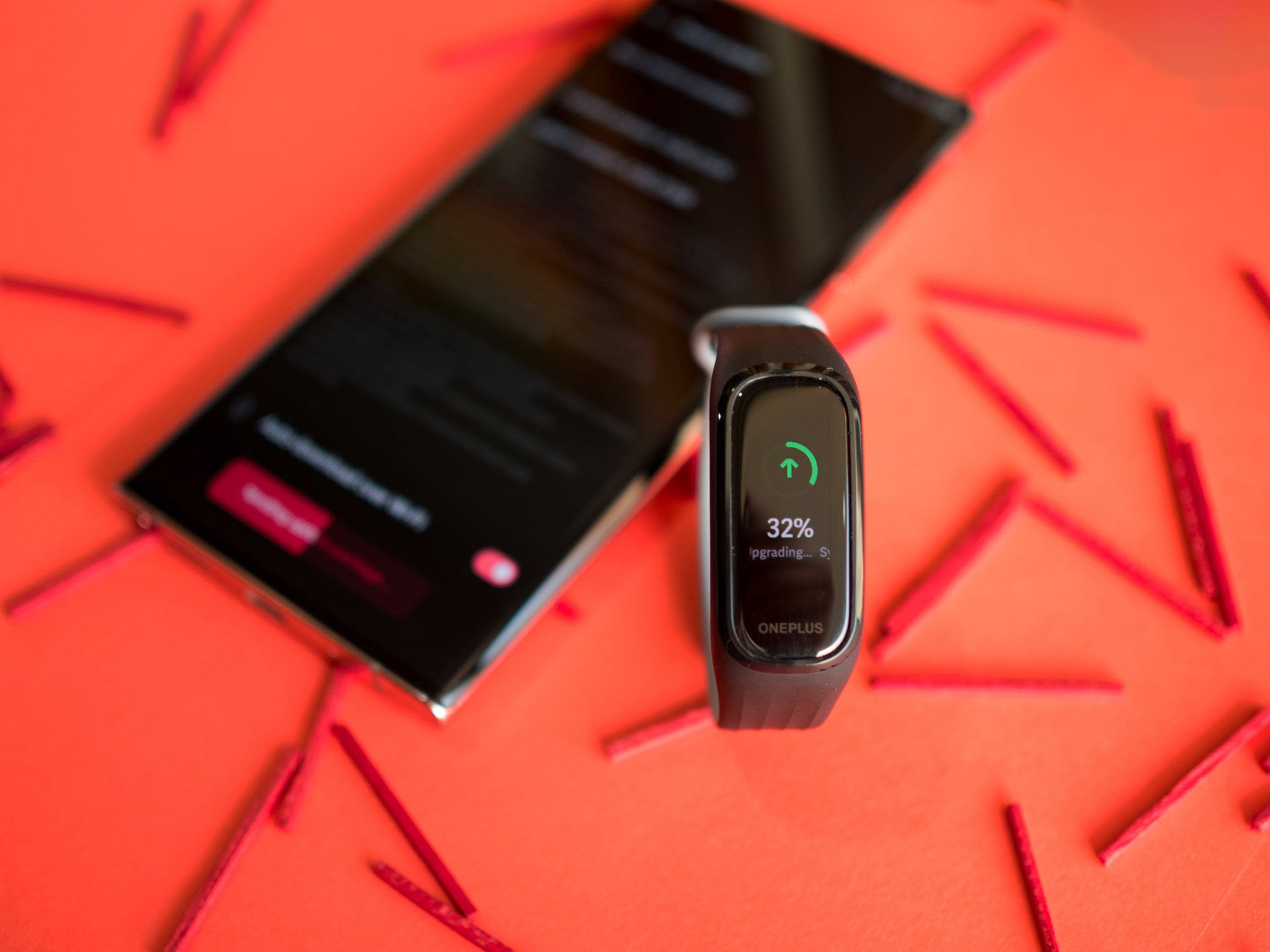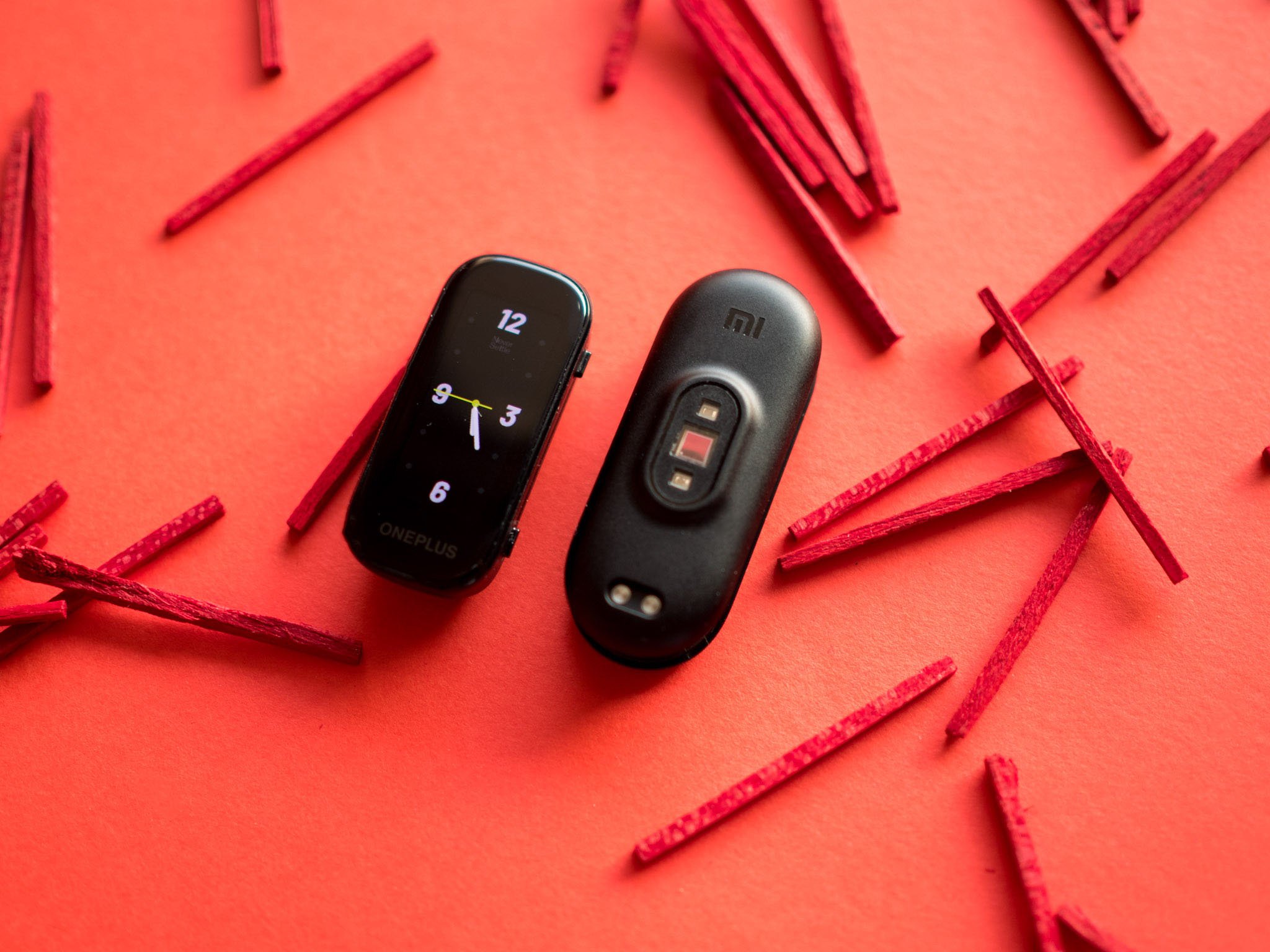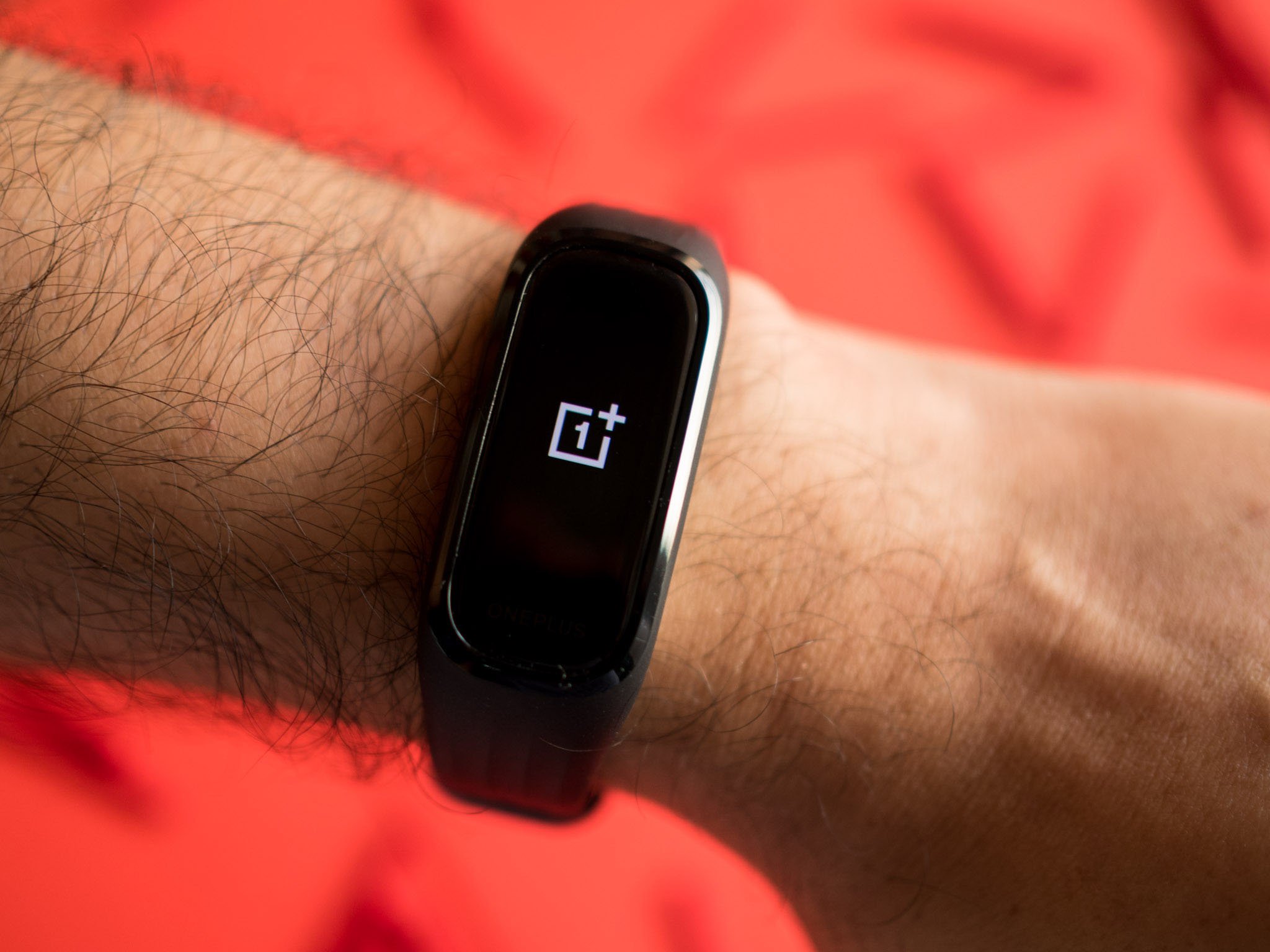OnePlus' first wearable has a lot of features, but it is nowhere as polished as Xiaomi's offering in this segment.
OnePlus makes some of the best Android phones you can buy today. But the Chinese company wants to be more than just a phone manufacturer; back in 2019, CEO Pete Lau outlined his vision to turn OnePlus into an ecosystem label.
We saw the first results of that with the OnePlus TV Q1 series, which debuted in India at the end of 2019. OnePlus followed the Q1 with the U1 and budget-focused Y1 series, and it has carved out a niche for itself in India in this category.
In 2021, OnePlus is making its foray into the wearable segment. The company is working with Google on a Wear OS smartwatch, but its first wearable is the OnePlus Band, a budget fitness band that is going up against the Xiaomi Mi Band 5. In short, OnePlus has to get everything right to be able to stand a chance against Xiaomi. Its Chinese rival dominates the budget wearable market, and OnePlus is now looking to steal some of that market share with the OnePlus Band.
The OnePlus Band has all the features you're looking for in a budget fitness band: it has an AMOLED panel, continually measures your heart rate, and even has an optical module for monitoring blood oxygen saturation (SpO2) levels. There's also 5ATM water resistance, workout tracking, and it is available in three color options.
Like the OnePlus TVs, the OnePlus Band will be exclusive to the Indian market, where it will be available for ₹2,499 ($34). So let's find out what the OnePlus Band has to offer, and whether it makes sense for you to pick one up if you're looking for a fitness band.
OnePlus Band
Bottom line: The OnePlus Band is a decent first effort: the 1.1-inch AMOLED panel is bright, navigation is lag-free, you get blood oxygen and heart rate monitoring, and it does a decent job mirroring notifications and calls to your wrist. But the battery life is just not good enough, and the companion app is half-baked, which takes away from the overall experience.
The Good
- AMOLED panel
- Fluid UI with plenty of features
- 5ATM water resistance
- Blood oxygen and heart rate monitoring
The Bad
- Battery life is horrendous
- OnePlus Health just doesn't have enough features
OnePlus Band Design and display
In terms of design, the OnePlus Band is very similar to the Mi Band 5. The fitness band has a 1.1-inch AMOELD screen with a OnePlus label below the panel, and the screen itself gets bright enough for outdoor use.
The OnePlus Band has a plain design, but you get exciting watch faces.
The highlight for me is the bundled silicone band; it feels better than the one Xiaomi uses on the Mi Band 5, and is great to wear throughout the course of the day. There's nothing really noteworthy about the design of the band itself; the removable tracker has an oblong body and other than the OnePlus logo, you won't find any differentiating features.
The OnePlus Band is available in three options — Navy, Tangerine Gray, and Black — and you get a decent selection of watch faces to pick from. The band weighs just 22.6g including the strap, and you should be able to find third-party options in the market shortly.
There's not really much that OnePlus could have done in terms of the design other than roll out more color options. The OnePlus Band looks like most other budget fitness bands you'll find in the market today, but the point to note here is that it is comfortable to wear throughout the day, and there are interesting watch faces on offer.
OnePlus Band Features
The OnePlus Band has a lot of features for a budget fitness band: there's 5ATM water resistance along with IP68 rating, continual heart rate monitoring, a sensor that measures blood oxygen saturation levels (SpO2), activity monitoring with 13 workout modes (two more than Xiaomi), and sleep tracking.
I'm not entirely convinced of the accuracy of the SpO2 sensor; the few times it took a reading I got a score of 100%. So while OnePlus is positioning the feature as a differentiator here, the efficacy of the module itself is questionable.
I wasn't able to evaluate the workout tracking features, but the band is able to distinguish between 13 modes: indoor and outdoor running, fat burn run (how is this different to regular running?), indoor and outdoor cycling, outdoor walking, elliptical trainer, rowing machine, badminton, pool swimming, free training, yoga, and yes, cricket.
The band was fairly accurate at measuring number of steps taken, but its caloric burn measurement doesn't make any sense to me. Thanks to the 5ATM water resistance, you can take the OnePlus Band to the pool, and the silicone band holds up just fine.
OnePlus Band Battery life
The main flaw with the OnePlus Band is the battery life. The band has a 100mAh battery, and OnePlus touts 14-day battery life from a full charge. This could not be further from the truth; my unit barely lasted two days, and the woeful battery life makes the band a non-starter.
Most fitness bands in this segment offer at least a week's worth of usage out of the battery, and OnePlus needs to address this issue. The biggest selling point of a fitness band is that you don't need to charge it every other day, but that's not the case here.
As for charging itself, the tracker plugs securely into the charging cradle, but you won't find the same hassle-free magnetic connector that's available on the Mi Band 5.
OnePlus Band Software
The OnePlus Band connects over Bluetooth 5.0 with your phone, and uses the Bluetooth LE protocol to mirror notifications and calls to your wrist. It does a decent job in this regard, but it is inconsistent at times; I routinely got notification alerts when I put the phone on DND, and it missed delivering notifications for incoming WhatsApp notifications.
OnePlus Health app is just OPPO's HeyTap in a new guise.
You'll have to use the new OnePlus Health app to customize the watch face and adjust the settings. The app itself is identical to OPPO's HeyTap Health; in fact, an internal source has confirmed that OnePlus is using OPPO's servers for storing data.
You'll be able to view daily activity metrics, heart rate data, blood oxygen levels, workout logs, and sleep tracking information in OnePlus Health. There's also a dedicated fitness tab that plots a course in real time whenever you're running or walking outdoors. The Manage section lets you switch out the watch faces and change the settings, and you can also set up heart rate alerts, hourly move reminders (which don't trigger every hour), and more.
Most brands that venture into the wearable segment these days seem to only focus on the hardware and pay far too little attention to the software features. That has been the case with Realme, and OnePlus has made the same mistake.
Xiaomi manages to sell millions of Mi Bands a year because it has nailed the software integration. You get a ton of useful insights with Mi Fit, and it does a great job tying into the broader Xiaomi ecosystem of fitness products. That integration is lacking here, and as a result the OnePlus Band comes up significantly short.
At the bare minimum, OnePlus should have introduced its own companion app instead of stealing OPPO's utility.
OnePlus Band The competition
If you are looking for a budget fitness band, your search is likely to begin and end with the Mi Band 5. Xiaomi has managed to utterly dominate this category over the last five years because it has nailed not only the hardware design, but the software integration as well.
The Mi Band 5 has a 1.1-inch AMOLED panel, and a battery that easily lasts 10 days. It has continuous heart rate monitoring, automatic workout tracking, and is an great value considering it costs just ₹2,499 ($34).
OnePlus Band Should you buy?
You should buy this if ...
- You don't like the Mi Band 5 for whatever reason
- You want a budget fitness band with blood oxygen monitoring
- You're looking for a stylish design and customizable watch faces
- You need 5ATM water resistance and workout tracking
You should not buy this if ...
- You want a fitness band with good battery life
- You're looking for a wearable with great software integration
While OnePlus has a decent hardware product in the OnePlus Band, the software integration is far from polished. Sure, you are getting a lot of the same features as the Mi Band 5; there's a bright AMOLED screen, heart rate and blood oxygen monitoring, workout tracking, and 5ATM water resistance.
But where it all falls apart is the battery life. Forget delivering anywhere close to the weeks-long battery life as advertised; the OnePlus Band barely lasts two days on a full charge. And that ultimately makes it hard to recommend, particularly when Xiaomi delivers a much more refined product that costs the same.
Most of all, I just don't understand why OnePlus decided to launch a budget fitness band. The company has no cachet in the budget segment — unlike Xiaomi — and this strategy doesn't fit into the ecosystem play. The OnePlus Band itself does not feel like a OnePlus product; it's almost as if OnePlus outsourced the design and just tacked on its name at the front. So in a way, this is similar to what OnePlus did with the Nord N10 5G and N100, but in the wearable category.
To be fair, it took Xiaomi a lot of time to fine-tune the features on its fitness bands, and even now Mi Fit has annoying translation quirks. So if OnePlus really is serious about making a dent in this category, it needs to learn from its mistakes and ensure that the second-gen version doesn't have such fundamental shortcomings. In the meantime, if you want a budget fitness band, the Mi Band 5 is still the default choice.
Xiaomi Mi Band 5
The Mi Band 5 ticks all the right boxes for a budget wearable. It has a vivid AMOLED screen that mirrors notifications and calls from your phone, has 5ATM water resistance, excellent software integration with a lot of metrics, and battery life that's measured in weeks.
Source: androidcentral
